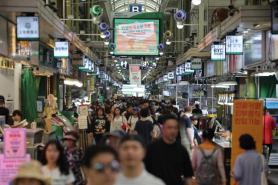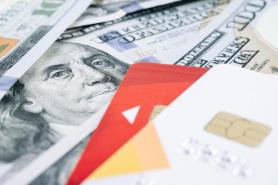
SEOUL, October 08 (AJP) - Data shows that the cost of living in South Korea has climbed sharply over the past five years, with food and basic consumer goods becoming noticeably more expensive while wage growth lags behind.
Data released by the National Data Office on Wednesday showed that the price index for food and non-alcoholic beverages in September THIS YEAR rose 22.9 percent compared with five years earlier. The increase far exceeds the overall consumer price rise of about 14 percent during the same period.
Essential items have become especially costly. Fruit prices jumped 35.2 percent, while milk, cheese, and eggs rose 30.7 percent. Bread climbed 38.5 percent, cakes 31.7 percent, and instant noodles 25.3 percent. Confectionery and sweet products also rose 27.8 percent, and coffee, tea, and cocoa were up 38.2 percent.
Dining out has not been spared. The cost of restaurant meals rose 25.1 percent, pushing the broader "food and lodging" category up 24.8 percent. Analysts said rising ingredient costs and higher operating expenses have been passed directly to consumers.
Other everyday expenses followed the same pattern. The category including soap, shampoo, and personal care items rose 24.1 percent, while household goods and cleaning services climbed 19.4 percent. Housing-related costs, including rent and utilities, rose 16.7 percent, and clothing and footwear increased 16.2 percent. Transportation costs, including fuel and public transit, went up 15.9 percent, while healthcare and education costs rose by smaller margins.
In contrast, wages have not kept pace. According to the Ministry of Employment and Labor, South Korea's minimum wage has risen at an average annual rate of just over 5 percent from 2021 to 2025. The rate was 1.5 percent in 2021, 5.1 percent in 2022, 5 percent in 2023, 2.5 percent in 2024, and only 1.7 percent this year.
The widening gap between rising consumer prices and slower wage growth underscores the strain on lower- and middle-income households. For many, everyday purchases such as bread, fruit, and coffee have become noticeably more expensive, leaving less room for savings or discretionary spending.
Copyright ⓒ Aju Press All rights reserved.




